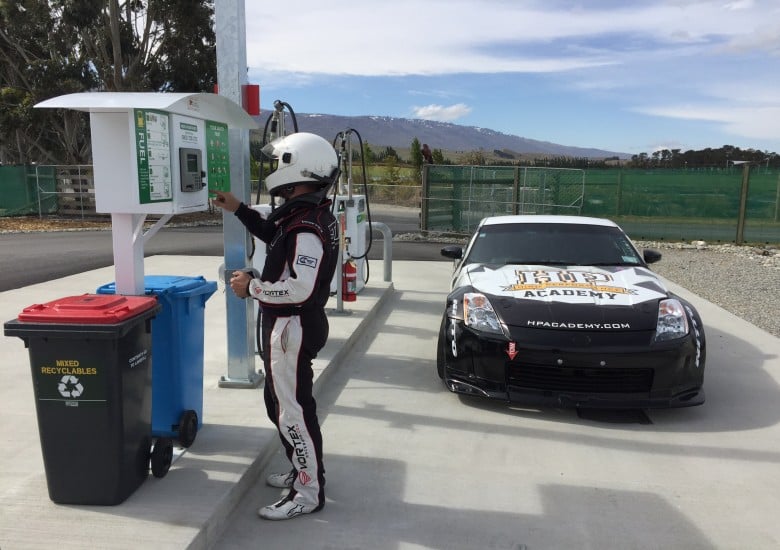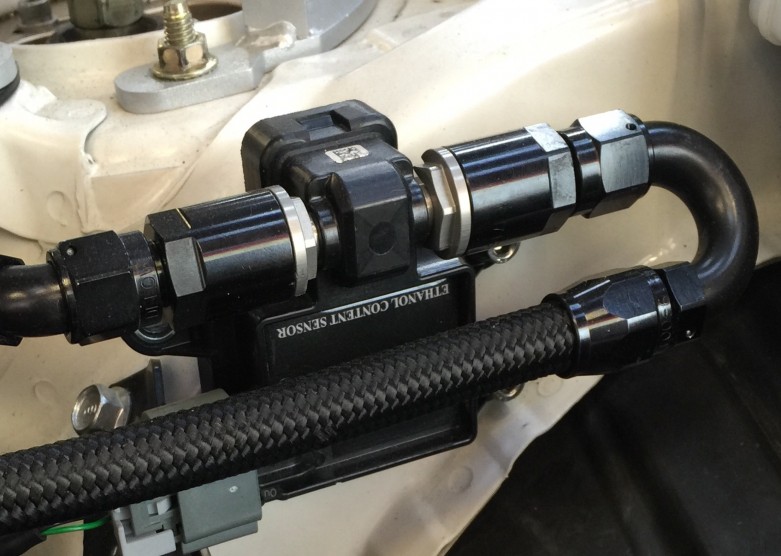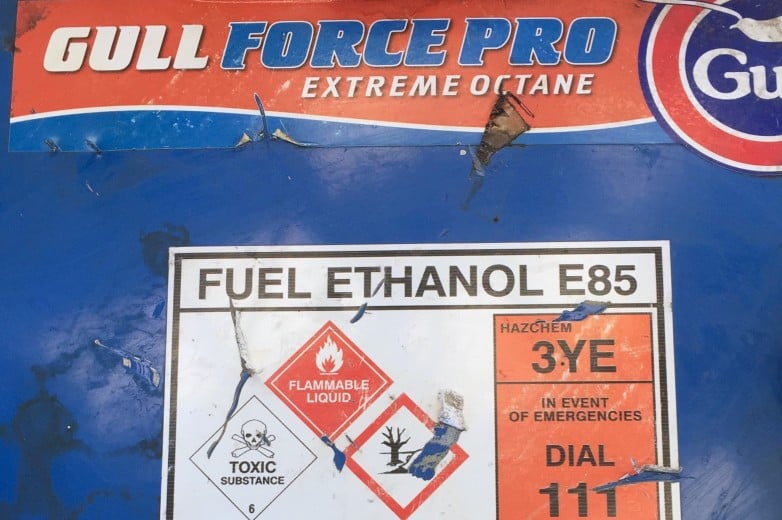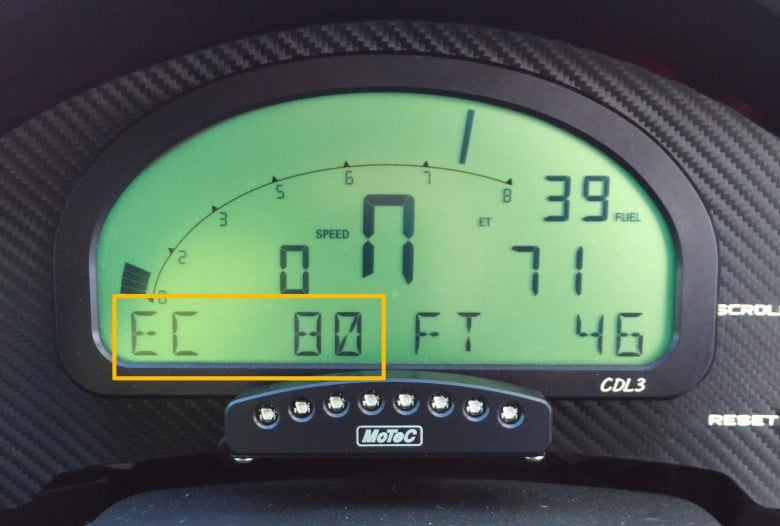All of this knowledge and much more is covered in the ethanol & Flex Fuel Tuning course. Enrol now.
When it comes to choosing E85 fuel, you might have the option of purchasing pump E85 or by the barrel from race fuel manufacturers like VP Racing Fuels. BP or Sunoco. While barrel-supplied race-focused E85 blends are usually more expensive than pump E85, it's essential to understand the pros and cons of each if you are lucky enough to have access to both options.

Pump E85: Variability in Ethanol Content
The ethanol content of pump E85 can vary significantly based on the season and ambient temperature. Additionally, the gasoline component of pump E85 might not always be the same as the gasoline we typically use. The specification allows it to be made from various sources, including unleaded gasoline and gasoline blend stocks for oxygenated blending. However, there's no specification for the octane rating of the gasoline component, which means the 15% gasoline may have a lower octane rating than usual, affecting the overall knock resistance of the fuel. This variability becomes even more pronounced in lower ethanol blends used in winter when they are adjusted to help with cold starting, which can comprise almost half of the fuel volume. This means you might be more likely to be putting E50 in your tank despite the E85 label at the pump.
Put simply, pump E85 can be unpredictable for those who rely on ethanol's knock resistance for a highly tuned, high-boost engine and the quality will vary from brand or brand and station to station.

Barrel E85: Consistency and Performance
If you need a fuel with guaranteed consistency and octane rating, commercially blended E85 by the barrel might be worth considering. This is a common choice for those running dedicated race cars since the fuel consumption is lower compared to daily-driven vehicles, mitigating the additional cost. Commercial E85 blends offer consistent and guaranteed ethanol content and may contain include additional additives like corrosion inhibitors, ensuring that your engine tune remains stable for longer.
These fuels typically incorporate a higher octane unleaded fuel in the gasoline component, raising the overall octane rating. This makes them ideal for engines pushing the limits of performance and requiring maximum knock resistance.

DIY E85: Mixing Your Own
An alternative to buying expensive commercial E85 is to purchase a barrel E100 and mix your own E85. This approach can offer a slightly lower cost per litre while allowing you to control the ethanol content and ensure consistency.
Many people commonly mix locally available 98 or 100 octane unleaded pump gas with E100 to make E50. E50 is used in some naturally aspirated race applications where E85 isn't strictly required, for example.

Conclusion
Deciding on the right E85 fuel depends on your specific needs and circumstances. If you drive a daily vehicle, the additional cost and potential inconvenience of commercial E85 might be a factor. However, for those seeking consistent performance and higher octane ratings, buying E85 by the barrel is an excellent choice. Alternatively, mixing your own E85 from E100 can be a cost-effective solution. Ultimately, the choice is yours based on your engine's requirements and your budget, but the tuning process is the same either way and is covered in the Ethanol & Flex Fuel Tuning course. You can gain instant access by enrolling right now.







Comments
No one has commented on this page yet.